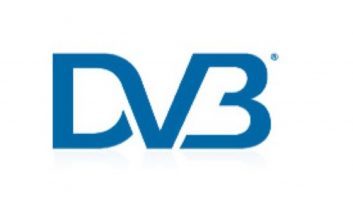The European Broadcasting Union has published a set of streams based on DVB-DASH and LL-DVB-DASH (Low Latency).
The streams have been released on on the DVB-I reference application hosted by Sofia Digital are freely available to the industry.
They target a the issue of interoperability in DASH and aim to help broadcasters test their setups when creating new services.
According to the DVB Fact Sheet, DVB-DASH defines the delivery of live and on-demand TV content over the open internet via HTTP adaptive streaming. It builds on MPEG DASH, which was the first internationally-standardised adaptive bit-rate HTTP-based streaming solution.
To improve interoperability and facilitate implementation, additional constraints and requirements are defined in DVB-DASH and some of the video and audio codecs from the DVB toolbox are referenced.
The new low latency mode in DVB-DASH breaks the streamed segments into smaller chunks, which are then delivered as soon as they are available at the encoder. It means that instead of outputting entire segments at one time, the encoder splits the segments into chunks where none of the frames in a group requires a frame from a later group to enable decoding. According to the DVB, this reduces end-to-end latency from 20–30 seconds down to 3–4 seconds.
The EBU’s streams have been produced by the EBU’s new HbbTV and DVB-I working group, chaired by Remo Vogel (ARD/RBB) and Chrian Klockner (ARD/WDR), which has taken on the task of identifying and addressing issues arising in the deployment of those technologies for hybrid media services.
Both streams are available directly from Sofia Digital’s Service List database.







